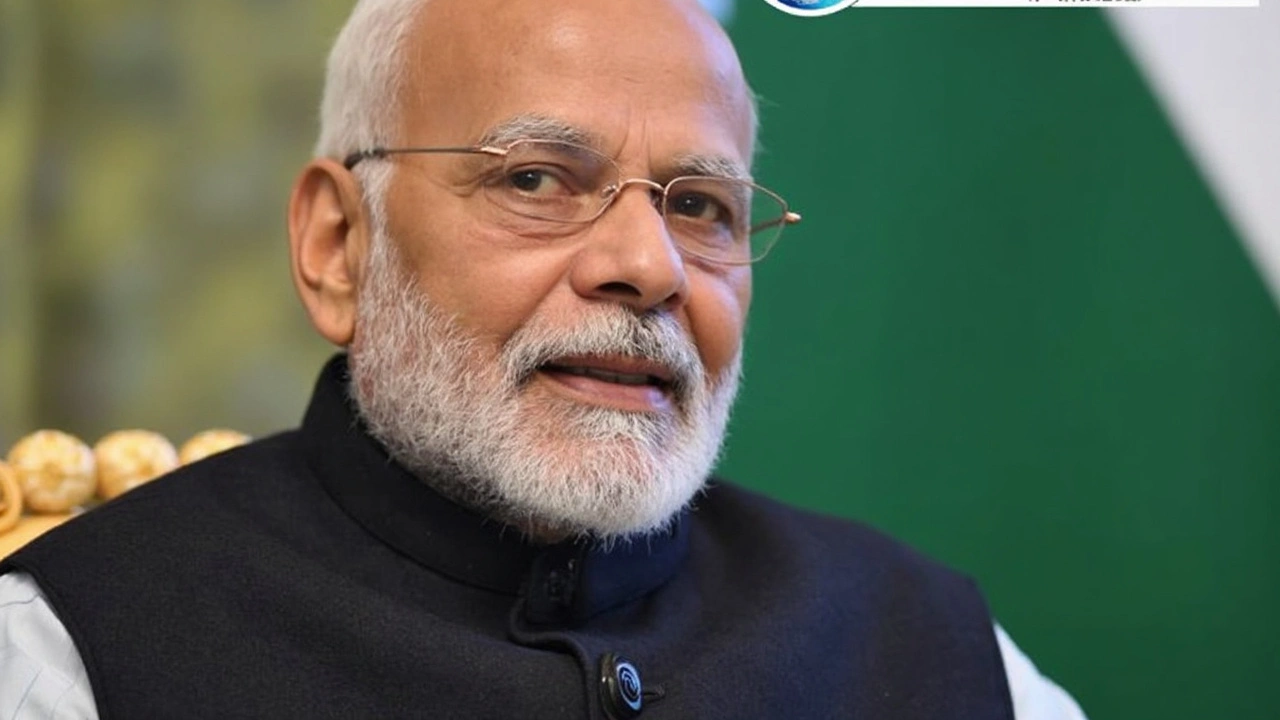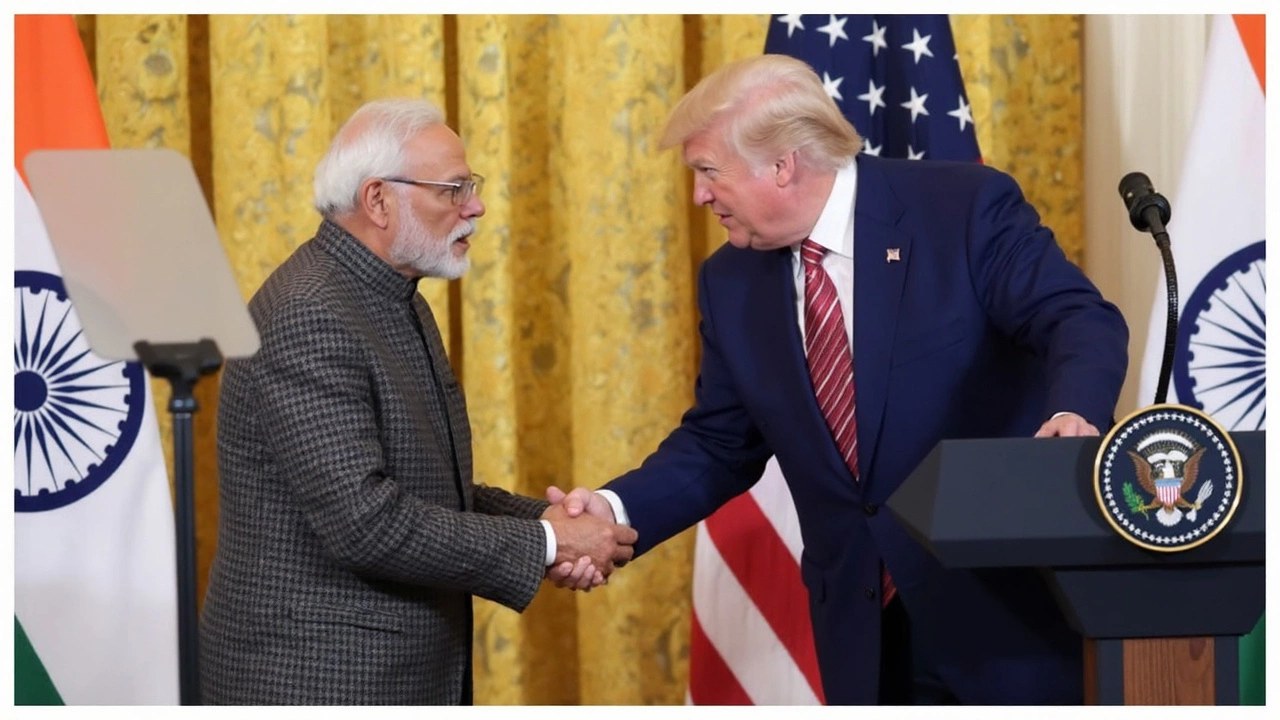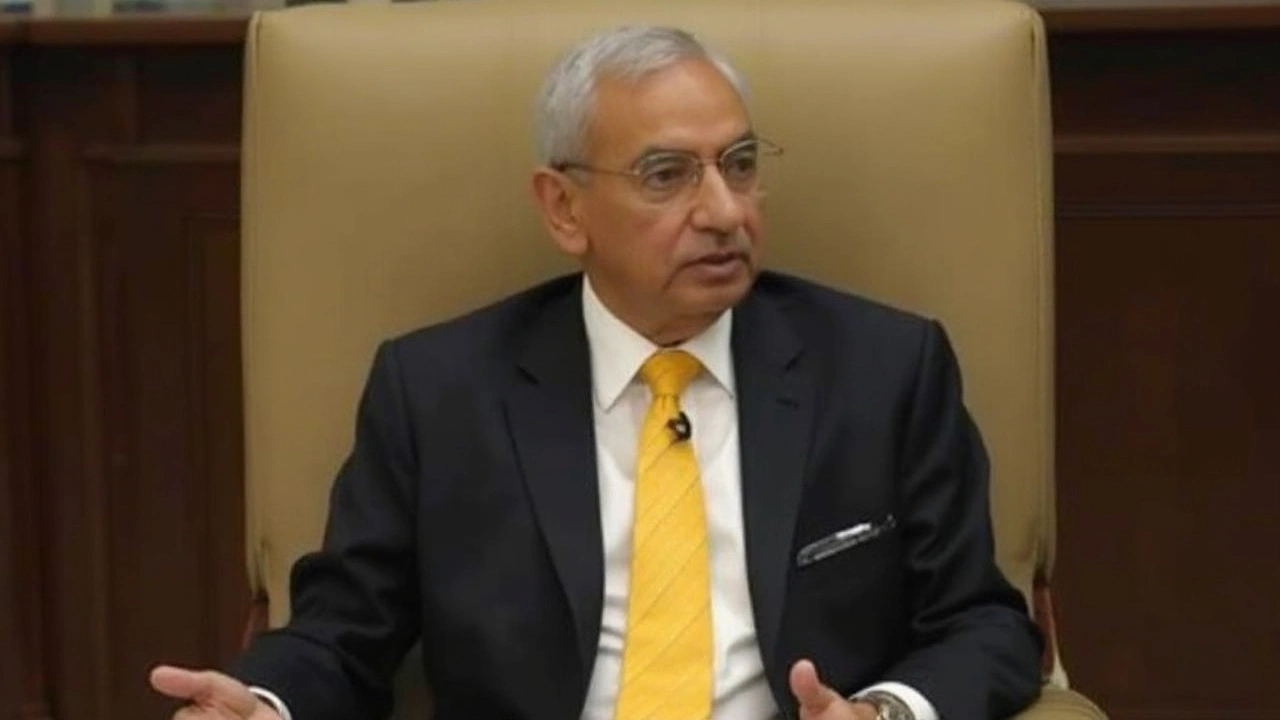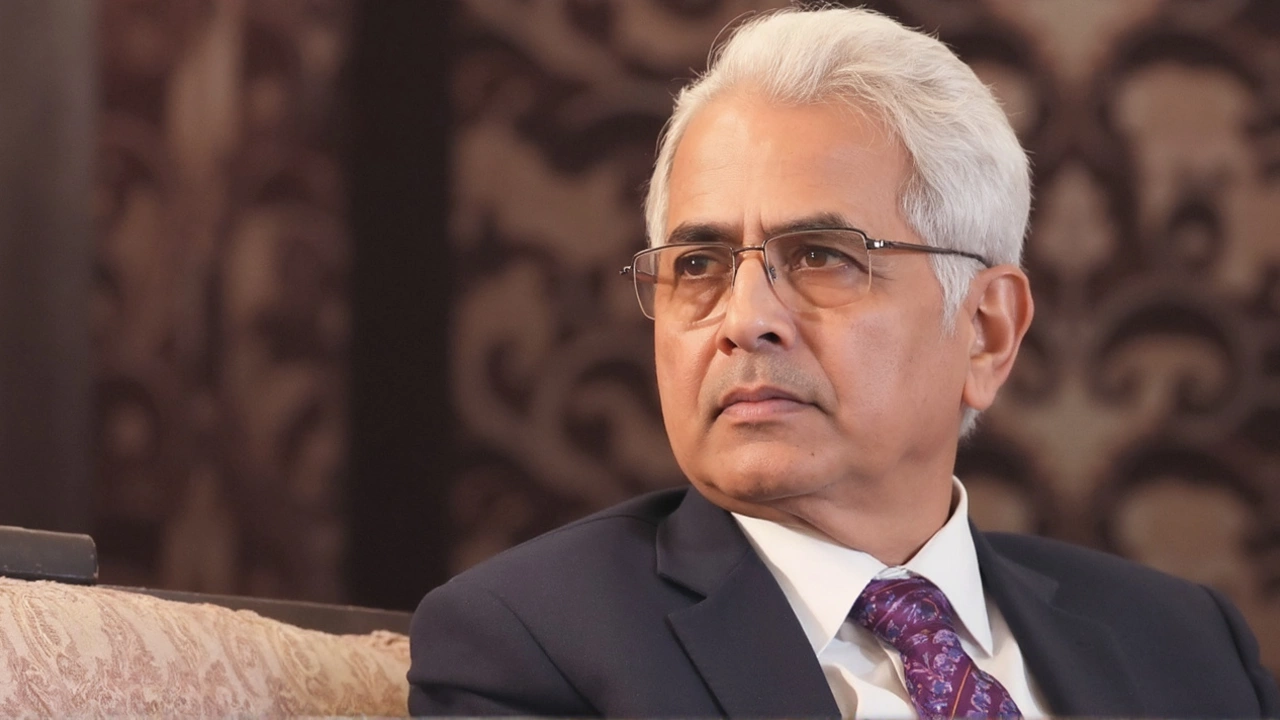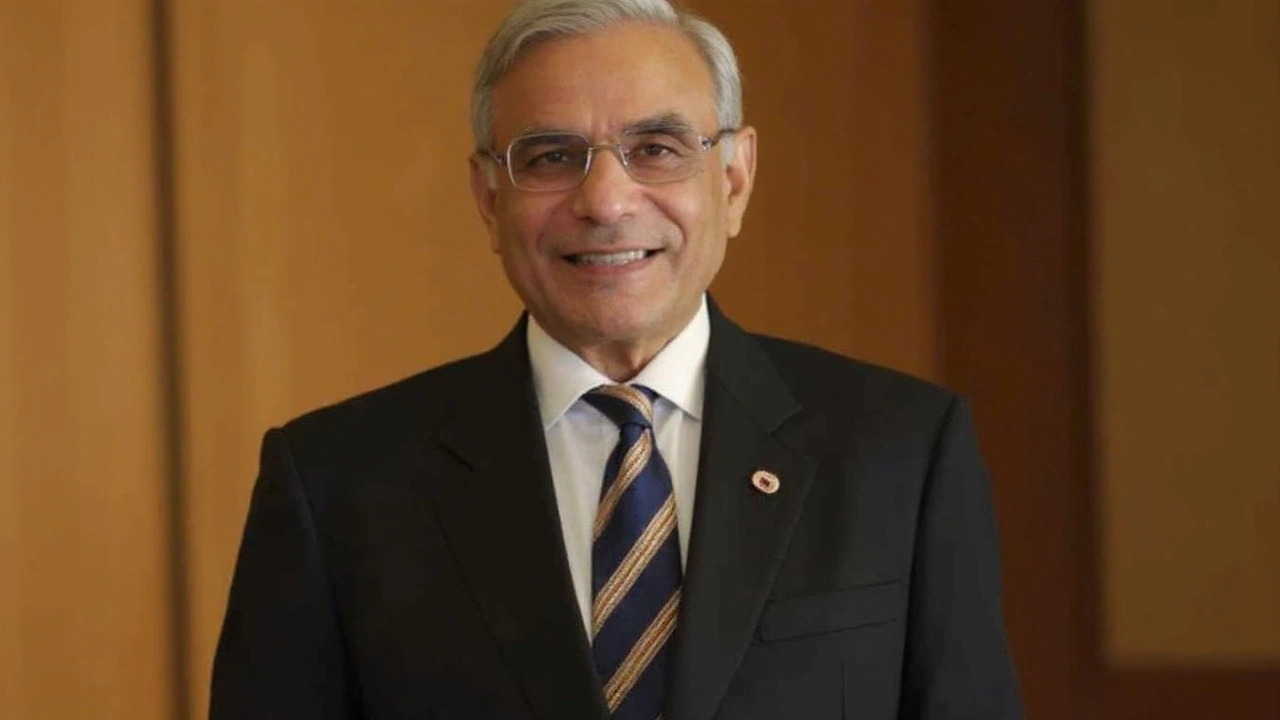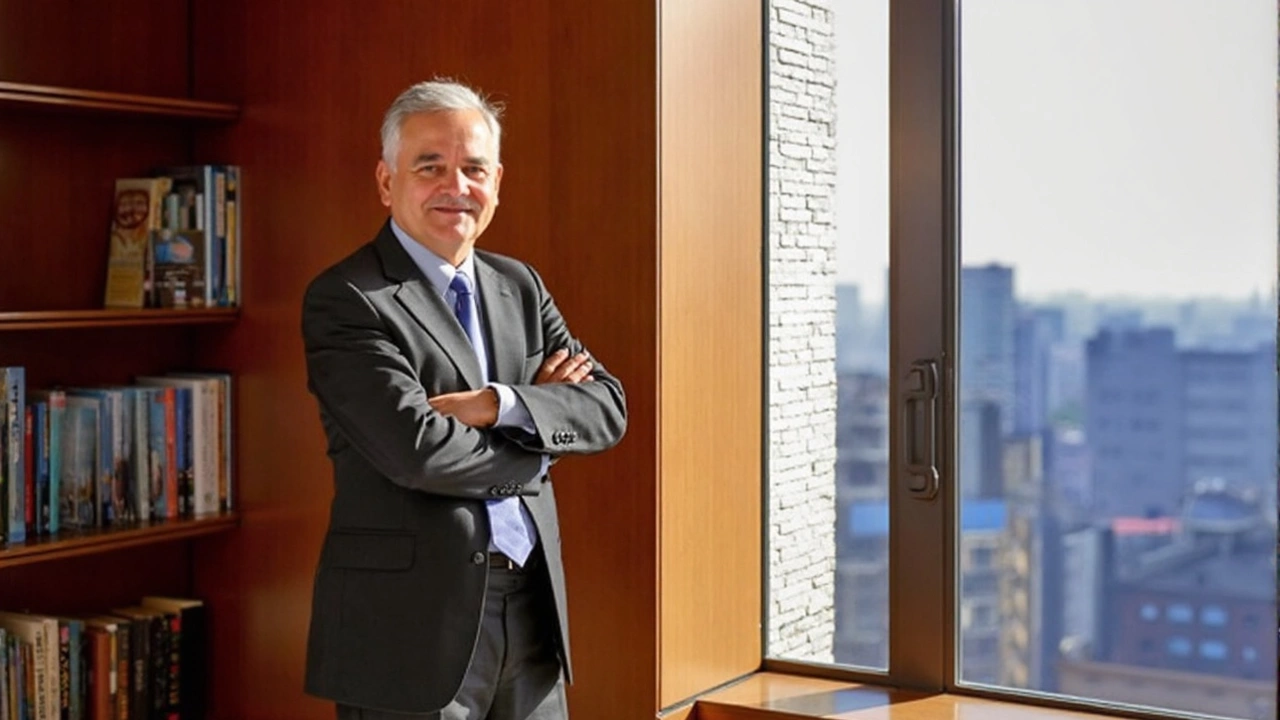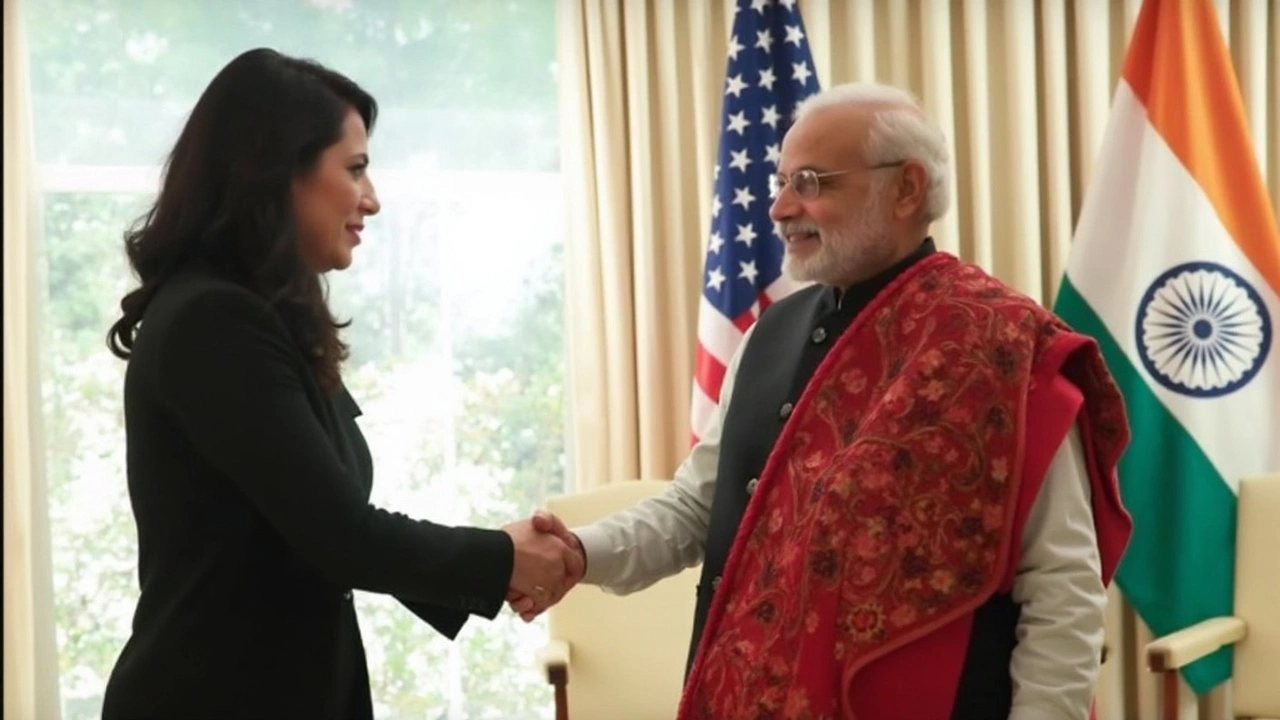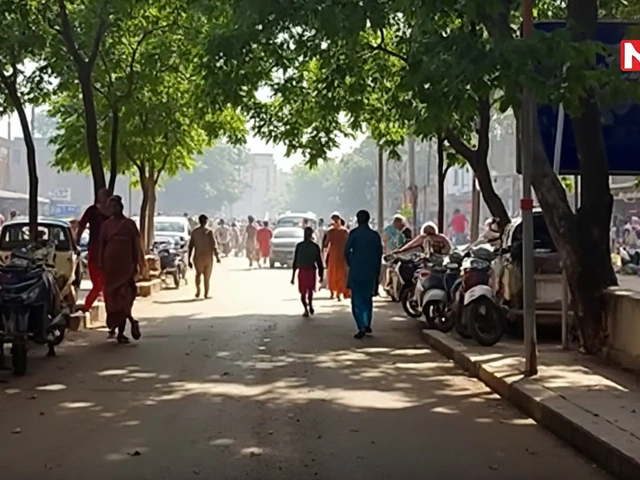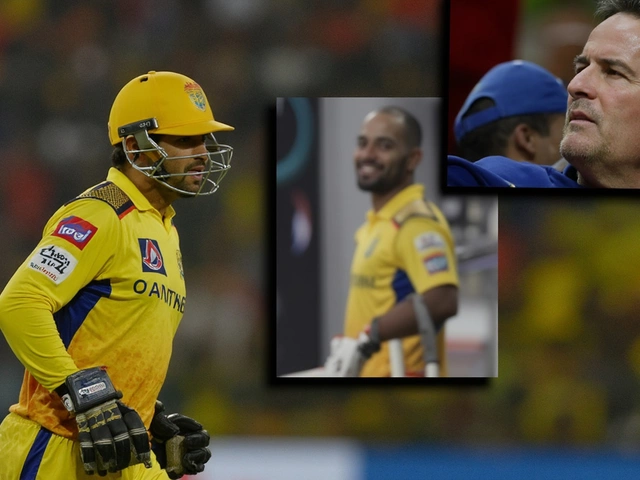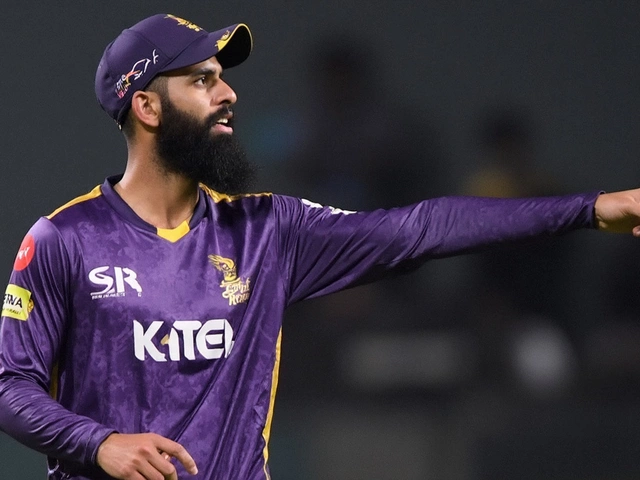PM Modi – What’s New and Why It Matters
When you hear the name PM Modi, thoughts jump to big announcements, new schemes, and international visits. Whether you’re tracking the latest economic plan or just curious about his next move, this page gives you straight‑forward answers without the fluff.
Key Policies You Should Know
Since taking office, Narendra Modi has rolled out a handful of flagship programs. The Pradhan Mantri Jan Dhan account pushes banking inclusion, while Ujjwala brings clean‑cooking fuel to millions of households. His Digital India push aims to get more people online, and the recent Make in India drive invites global manufacturers to set up shop. Each initiative targets a specific problem – financial access, health, connectivity, or jobs – and the results are often measured in the number of beneficiaries.
Another big focus is infrastructure. The government is fast‑tracking highways, rail upgrades, and airport expansions. The goal is simple: move goods faster, cut travel time, and boost regional growth. You’ll see the impact in daily commutes and in the price of goods reaching smaller towns.
How PM Modi Handles International Relations
On the world stage, Modi balances trade talks, climate commitments, and strategic partnerships. He’s met leaders from the US, Japan, and the EU, often emphasizing India’s role as a manufacturing hub. Climate talks see him pledging renewable energy targets while still supporting coal in the short term to keep power stable. The key takeaway? Modi presents India as a reliable partner that can negotiate tough deals without compromising core interests.
Trade policies under his watch have had mixed reviews. Some tariffs have sparked criticism, but the overall push for export‑friendly reforms—like simplifying customs procedures—has helped Indian firms reach new markets. If you follow the stock market, you’ll notice sectors like pharma and tech reacting quickly to any policy hint.
Domestically, Modi’s communication style is a mix of charismatic rallies and data‑driven speeches. He frequently uses social media to announce schemes, share progress, and respond to criticism. This direct line keeps his supporters engaged and makes it easier for the media to pick up headlines.
What does all this mean for the average citizen? Better access to banking, cleaner cooking fuel, more jobs in manufacturing cities, and faster internet are tangible benefits you can see in daily life. At the same time, debates about environmental impact or regional inequality continue, showing that no leader’s agenda is without pushback.
Stay tuned to this page for quick updates on PM Modi’s next moves, new policy launches, and how they affect you. We’ll break down the jargon, pull out the numbers that matter, and give you a clear picture of India’s direction under his leadership.
PM Modi Joins Trump's Truth Social with a Bang, Shares Podcast Insights
PM Modi makes a splash on Trump's Truth Social with a photo from a 2019 Houston event and his Lex Fridman podcast. Within just 24 hours, he amasses thousands of followers, engaging with the conservative audience. His podcast discusses India's foreign policy, personal history, and ties with Trump, shared on a platform currently facing financial challenges.
PM Modi Joins Truth Social: A Symbolic Move Sparking Conversations
PM Modi has made waves by joining Trump's Truth Social platform, a move underscoring his interest in engaging with global audiences. Sharing stories from his personal journey and India's role on the world stage, Modi's account quickly gained traction. His interaction highlights the niche status of Truth Social, mainly used by US conservatives, spotlighting its potential influence.
Shaktikanta Das Steps into New Role as Principal Secretary to PM Modi
Former RBI Governor Shaktikanta Das becomes Principal Secretary-2 to PM Modi, a first-time role. Known for handling demonetization and COVID-19 impacts, his expertise in fiscal matters aims to enhance economic strategy amidst global challenges. The appointment has sparked political debate.
Shaktikanta Das: Unveiling the Unseen Wealth of the Former RBI Governor in His New Role with PM Modi
Shaktikanta Das, who served as the 25th Governor of the Reserve Bank of India, now plays a crucial role as Principal Secretary to PM Modi. Despite the mystery surrounding his financial status, his significant contribution to India's economic stability is evident through his key policy implementations and crisis management strategies. Das's transition continues to spark interest, highlighting his journey from financial policymaker to political advisor.
Shaktikanta Das: A Strategic Appointment as Principal Secretary to PM Modi
Shaktikanta Das, former RBI Governor, has been designated as Principal Secretary-2 to PM Modi, introducing a new role in the administrative hierarchy. With a background spanning several economic reforms, including GST and demonetisation, and international representation like G20 and IMF, Das brings vital fiscal expertise. This strategic appointment is poised to fortify India’s economic maneuvering in light of global uncertainties.
Former RBI Governor Joins PM Modi's Team as Principal Secretary for Economic Strategy
Shaktikanta Das, ex-RBI Governor, steps into a vital role as Principal Secretary-2 to PM Modi, building on his wealth of experience in finance and governance. With his new position coinciding with Modi's term, Das aims to fortify economic policies, having previously managed India's financial landscape through demonetization and the pandemic.
Shaktikanta Das Steps into Dual Role as Principal Secretary-2 to PM Modi
Shaktikanta Das has been appointed as Principal Secretary-2 to Prime Minister Narendra Modi, a historic development for the PM's Office. Das previously served as RBI Governor, managing crucial economic shifts such as demonetization and the COVID-19 pandemic. His role focuses on bolstering economic strategies alongside the current Principal Secretary, PK Mishra.
PM Modi and Tulsi Gabbard Discuss Strengthening India-US Ties Amidst Political Challenges
Prime Minister Narendra Modi met Tulsi Gabbard in Washington to strengthen India-US relations. Discussions included strategic partnerships in technology, security, and economic collaboration, while addressing tensions like tariffs and immigration policy.
